The Kuok Family Shipping Empire
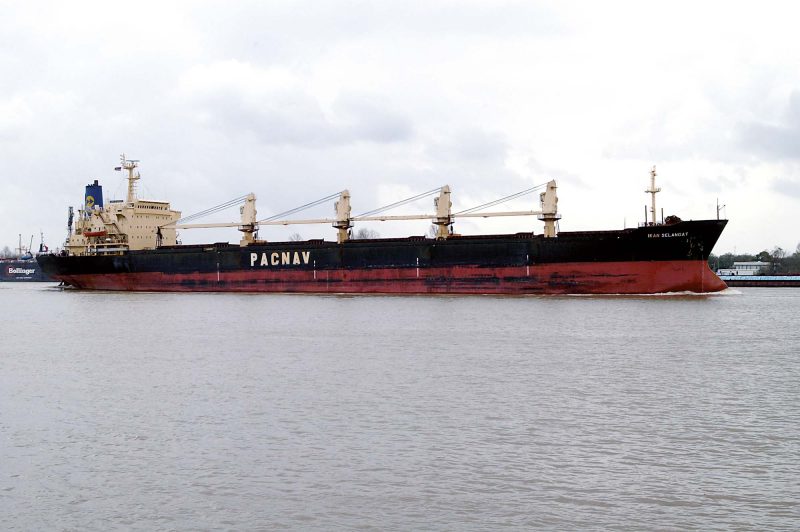

![]() Johore State was the southernmost and most advanced of the Malay States on the peninsula in 1914 when it accepted a British Government resident commissioner, following the example of eight other Malay States since 1874. The British High Commissioner had his Secretariat in Singapore, but at this time the Malay States could not be considered as British territory. Political control by the British of the Straits Settlements of Penang, Malacca and Singapore, however, had been wielded since 1826, but it was not until 1930 that British political control was held over the whole peninsula and every Malay State. A nationalist guerrilla insurgency broke out after World War II, and in 1957 the independence of the Malayan Federation was constitutionally recognised.
Johore State was the southernmost and most advanced of the Malay States on the peninsula in 1914 when it accepted a British Government resident commissioner, following the example of eight other Malay States since 1874. The British High Commissioner had his Secretariat in Singapore, but at this time the Malay States could not be considered as British territory. Political control by the British of the Straits Settlements of Penang, Malacca and Singapore, however, had been wielded since 1826, but it was not until 1930 that British political control was held over the whole peninsula and every Malay State. A nationalist guerrilla insurgency broke out after World War II, and in 1957 the independence of the Malayan Federation was constitutionally recognised.
Robert Kuok
The majority of the Chinese workers from South China arrived in Malaya in the late nineteenth century to work in the tin mines. In Malaya of the inter-war years, Chinese families accounted for only one third of the population, with Malay families being in the majority, but with the Chinese occupying the most important positions in industry. Robert Kuok Hock Nien was born on 6th October 1923 as the son of father Kuok Keng Kang and mother Tang Kak Ji, who had arrived in Malaya from Fujian in China at the start of the 20th century. The family lived in the town of Johore Bahru, the capital of the State of Johore, which straddles all of the extensive land opposite to and facing the north coast of the island of Singapore. The family were wealthy, but suffered greatly during the Great Depression that began in 1929.
Sultan Ibrahim had assumed control of the area in 1824, and began to build up a power base from the vast profits of plantations. The son of Sultan Ibrahim, Abu Bakar, set up an administrative base at Tanjung Puteri, later renamed as the town of Johore Bahru (‘New Johore’). The Royal Sultan Abu Bakar Museum, built in white stone in 1866, is the oldest building in Johore Bahru and the former residence of the royal family of Johore. It is the finest museum in Malaysia and has magnificent views over the Strait of Singapore, with 53 hectares of beautiful gardens to wander through, free of charge. The Chinese Heritage Museum is on the seafront at Johore Bahru, and showcases everything Chinese, even the traditional growing of pepper, and a tropical shrub used in leather tanning and textile dyeing known as extract of gambier.
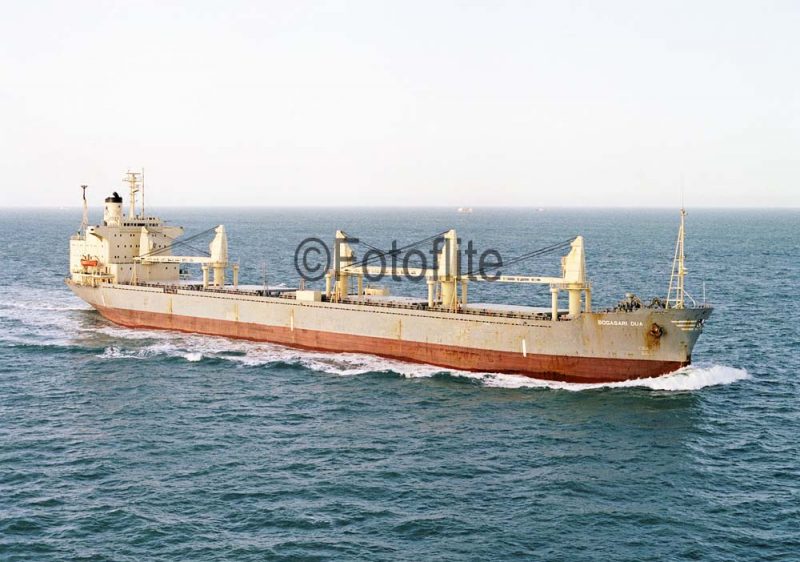
Robert was the youngest of the three Kuok brothers, and he grew up speaking the Chinese Fuzhou dialect of his parents as well as English and Japanese during the wartime occupation of Malaya by the Japanese. He was a student of the Raffles Institution for six months in 1941 and of the English Johore Bahru College. He began his working career as an office boy and clerk working in the rice trading department of Japanese industrial giant Mitsubishi Shoji Kaisha during the Japanese occupation between 1942 and 1945 in Singapore. Mitsubishi was aided by the Japanese military to monopolise the rice trade in Malaya at this time, and Robert Kuok was soon promoted to head the rice trading department, and after the war he took the skills he learned from the Japanese back to the Kuok family business in Johore.
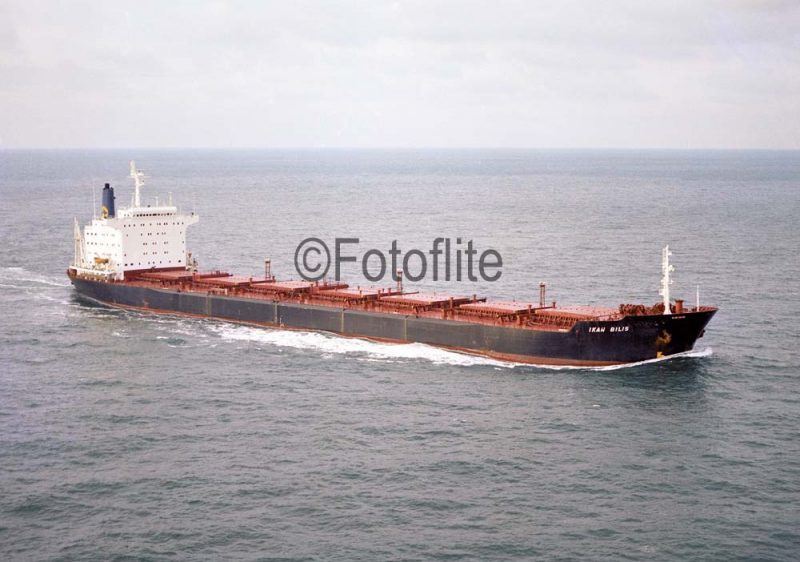

In 1946, Chinese workers were given equal rights along with Indian immigrants to those of the indigenous Malay population. The father of Robert Kuok died in 1948, and Robert Kuok set up in business in 1949 as Kuok Brothers Sendirian Berhad in Johore in Malaya along with his brothers Phillip and William and his cousin Kuok Hock Chin. They invested heavily at first in sugar cane plantations, and a sugar barter deal with India and Mitsui in 1958 led to good relationships with Chinese trading companies in Hong Kong, which were also selling sugar at this time. He established the Malayan Sugar Manufact-uring Company in 1959 to service their extensive Perlis Plantations Berhad in Northern Malaysia.
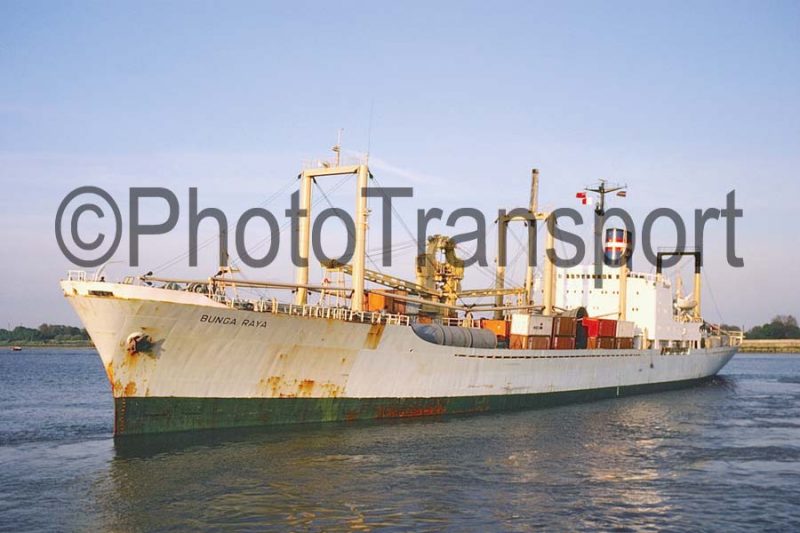
Robert Kuok became known as the ‘Sugar King’ of South East Asia, importing sugar cane from India in chartered ships in 1964 for his sugar refinery, as well as wheat for his flour mill and other internationally traded commodities.
Robert Kuok brought many influential Malayan people into his company as shareholders and directors, and by 1964 he controlled 80% of the Malaysian sugar market with an annual production of 1.5 million tonnes and equivalent to 10% of the world production of sugar. In August of 1965, Malaysia was composed of eleven peninsula States and two States in Borneo, Sabah and Sarawak. Tax concessions were given to pioneering Malaysian enterprises, with the population then composed of 50% Malays, 38% Chinese and 12% Indian people in the peninsula. Manufacturing capacity of the new country was rising fast, from 8.5% of GDP in 1957 to 27.0% in 1990. The Chinese business community benefited from the New Economic Policy (NEP) for the period from 1970 to 1990, with one of the principal aims to restructure Malaysian society to eliminate identification of economic prosperity with race. A second ten year NEP had the same ideology for the period from 1991 to 2001.
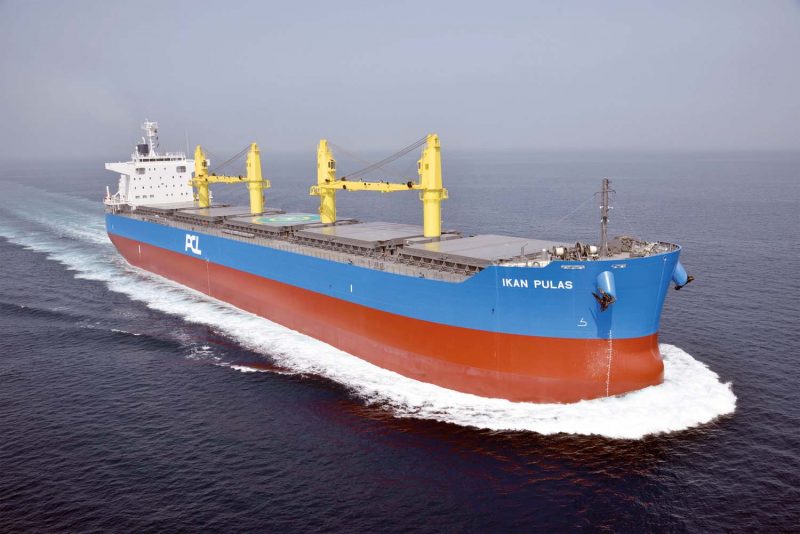
The Kuok family today have extensive large scale interests in shipping and freight forwarding, sugar cane plantations, sugar refineries, flour milling, animal feed, crude oil and palm oil, mining, finance, tourism and hotels, real estate and publishing. Robert Kuok and his son control a vast fleet of 130 owned or chartered bulk carriers, 15 palm oil, product and gas tankers, as well as 120 tugs and offshore vessels. Robert Kuok at the age of 94 years is the wealthiest man in South East Asia, and is regularly listed in the top thirty or forty wealthiest people in the world. Pacific Carriers Ltd. (PCL) has an annual turnover in excess of £500 million, with the fleet engaged in the worldwide transportation of sugar, flour, biomass, coal, fertiliser, grain, iron ore and many other bulk trades.
Subscribe today to read the full article!
Simply click below to subscribe and not only read the full article instantly, but gain unparalleled access to the specialist magazine for shipping enthusiasts.

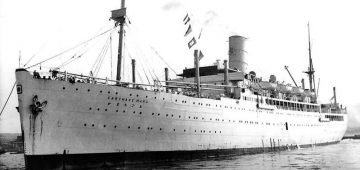

Comments
Sorry, comments are closed for this item